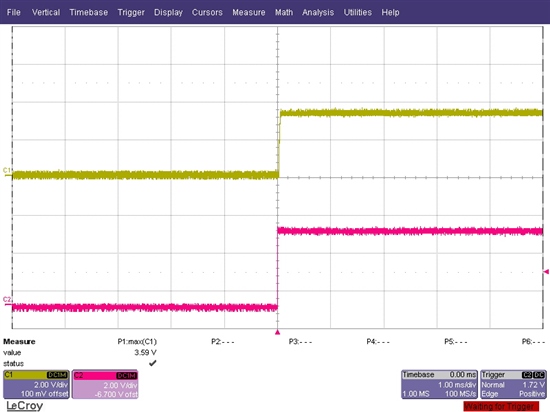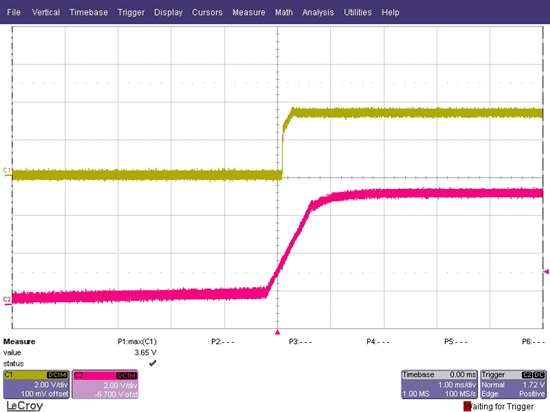It is said at the datasheet that the feedback resistors parallel combination should be 250Kohm in order to use the FB capacitors values they suggest.
What does it mean? Parallel resistance or series? At the eval board the parallel resistance is lower than 250Kohm.
Thanks,
Shlomi



